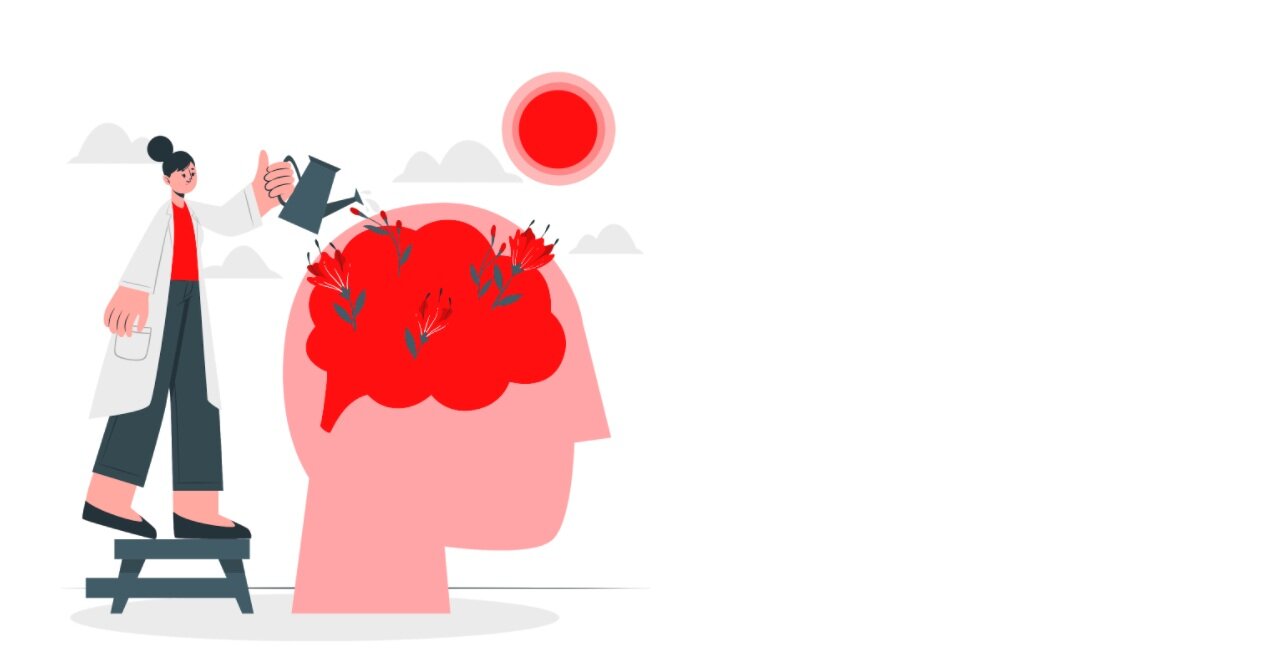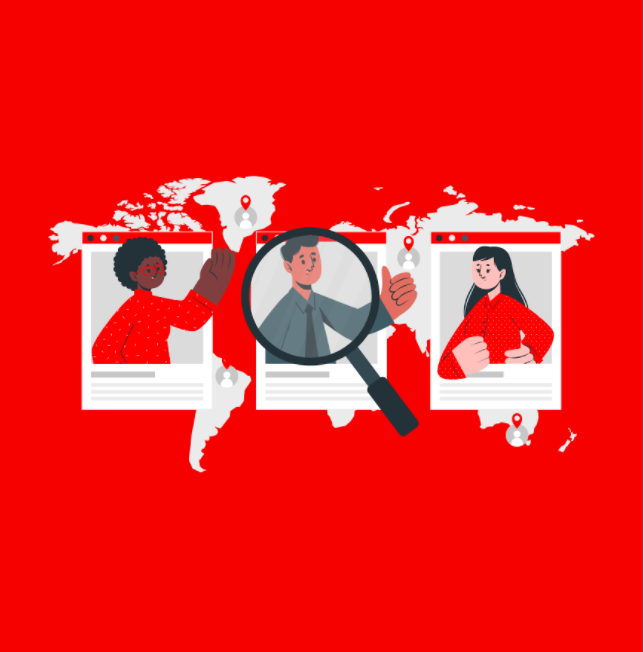
DC Civic Engagement
Problem
Washington, DC has been regarded as a nucleus of tech innovation in the Mid-Atlantic region. Despite this growing reputation, the DC government does not have a centralized place to showcase events and news in the tech industry.
Solution
Applying an agile framework, our team of three broke our project into three main categories: Project Management, Research, and Interaction to design a mobile responsive tech competition platform for the city of DC.
Role
Project Manager
Timeframe+Deliverables
12 days
Clickable Prototype, UX Research
Key Methods
Agile project management
Design Studio
Card Sorting
User Survey, User Interviews, User Testing

Defining the Scope.
DC’s Office of the Chief Technology Officer aims to provide a “one-stop-shop” for the tech industry, and include a tech competition platform that is focused on solving issues within civic engagement. We need to create a way to facilitate civic engagement in the community through city-specific needs, by way of a competition platform. The platform needs to fit within the current DC Tech Hub and leverage previously provided research and similar platforms that have found success in other cities.
Project building activities helped to resolve misinterpreting of our project’s intention.
We used them at three different benchmarks during our project.
Futurespective
Product Vision: Craft a paragraph that outlines the purpose of our work, and the goal of our project.
Introspective
Adobe’s Creative Types Quiz: Discover your creative type, and share how it relates to your contribution to the project
Retrospective
Three Little Pigs, Where are our weakest points in our project, and where does our process and product stand rock solid.
As project manager, and working within an Agile framework, I found these activities most useful to aid in being consistent in focusing on our original task, while integrating new information.
The business and SWOT analysis were helpful tools in understanding the needs of OCTO, and where exactly we needed to place our project within their frame of work.
As project manager, I created a series of tables that allowed clear communication of daily tasks and meetings.

Research Methods.
We were presented with prior research which served as a catalyst for our own study. We needed to find a balance between gathering new, critical information and making full use of what we were handed.
Our research plan produced the following inquiries to be uncovered:
How do people interested in tech engage in the community?
Are policy makers interested in investing resources to use a competition platform?
Would this competition platform interest others outside of those groups?
Following 40 survey participants and 13 interviews, we discovered:
The tech community needs improvement in the area of inclusivity
People are looking for new sources of updates and innovation
Company owners and staffers have varying goals and are interested in seeking new talent

Personas were crafted as a culmination of the experiences of users that were interviewed and surveyed.
Sketching using Design Studio Method

Ideating and Testing
The design studio method rapidly ideated features. After in depth feedback sessions, we conducted a card sort study and solidified a feature map.
The solution
Using Axure, we built our seven-page prototype to be responsive, adaptive, and clickable. The robust mid-fidelity functionality allows for efficient work that defends usability while not using resources on stylistic features. It is important that we make sure the product is built for users first.
The Prototype
Highlights:
Inclusivity: First-time users are provided resources at various points in the site by way of a prominent FAQ, and Chatbot feature. It is very easy to find answers to questions.
Usability: Registering for events, and hosting events, can all be done without leaving the website, and hosting companies are able to post events, without the coordination of OCTO.
Community: The platform provides opportunity for engagement in the civic sphere. By being able to create a profile, earn badges, and post challenge results via the blog, the site reaches beyond a competition platform, and provides community that further contributes to the DC Tech Hub. Furthermore, a “Find Your Squad” feature allows users that do not already have teammates to find and meet new people.
Final Thoughts
As designers on this project, we used a plethora of methods from our designer toolboxes. Within an agile process, we took steps in using design studios, rapid sketching, and learning the axure software, to tend to the user experience. A key insight from our research was that participants can not be overlooked, and having a variety of tools and a willingness to learn aided in being able to create solutions for our users.












